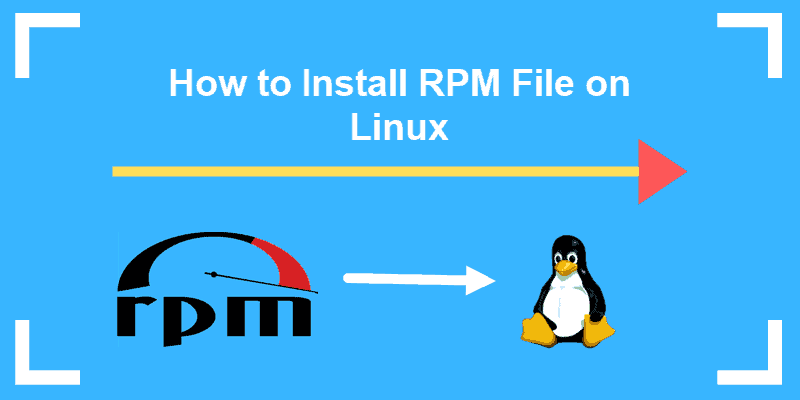

Theres no nslookup command in your current (roots home) directory. On laptops, it is more of a concern because of their smaller storage capacities. The rpm command cant find nslookup but its installed because youve used it. On a desktop computer, with today’s reasonably cheap, high-capacity drives, that might not in itself be too much of a problem. If you’re a programmer you’ll also have unused toolkits and libraries dotted around your computer. If you’re not scrupulous about uninstalling the ones you know you won’t use, they’ll sit in your system using up hard drive space. There are likely to be dozens more that you can try until you find one that ticks all of your boxes. We can apply the below command of RPM with an option, i.e., -qa (query all). If you don’t get along with the one you find, that’s no problem. If you have a particular need, you search for a piece of software to address that need. To List Contents of an RPM File If there is an RPM file available on local system, one can use the rpm command like so: rpm -qlp /path/to/package. For a newcomer to Linux it can be overwhelming. The choice of free and open-source applications available to Linux users is astonishing. localhost: zypper rl gcc 1 lock has been successfully removed. In this example we are removing lock from gcc package by using zypper rl gcc command.
 To remove the lock from a package you need to use zypper rl
To remove the lock from a package you need to use zypper rl If you want to know the version etc, you can just do 'rpm -qa' to get all packages, or for example 'rpm -q bash' to find out. 'rpm' runs against the database, 'yum' uses the database and the repositories. RELATED: How to Work with Snap Packages on Linux Why Check Installed Packages and Applications? Example 12: How to remove lock from a package Using zypper command. There are many RPM depositories on the Internet, but if youre looking for Red Hat RPM packages, you can find them here: The Red Hat. 'yum list -showduplicates systemd' it will show the locations of the packages, including what is installed. SYNOPSIS QUERYING AND VERIFYING PACKAGES: rpm characters.To see the details for a single application, use the snap info command and the name of the application. It comes as standard with most Red-Hat-based Linux operating systems, such as CentOS and Fedora.


 0 kommentar(er)
0 kommentar(er)
